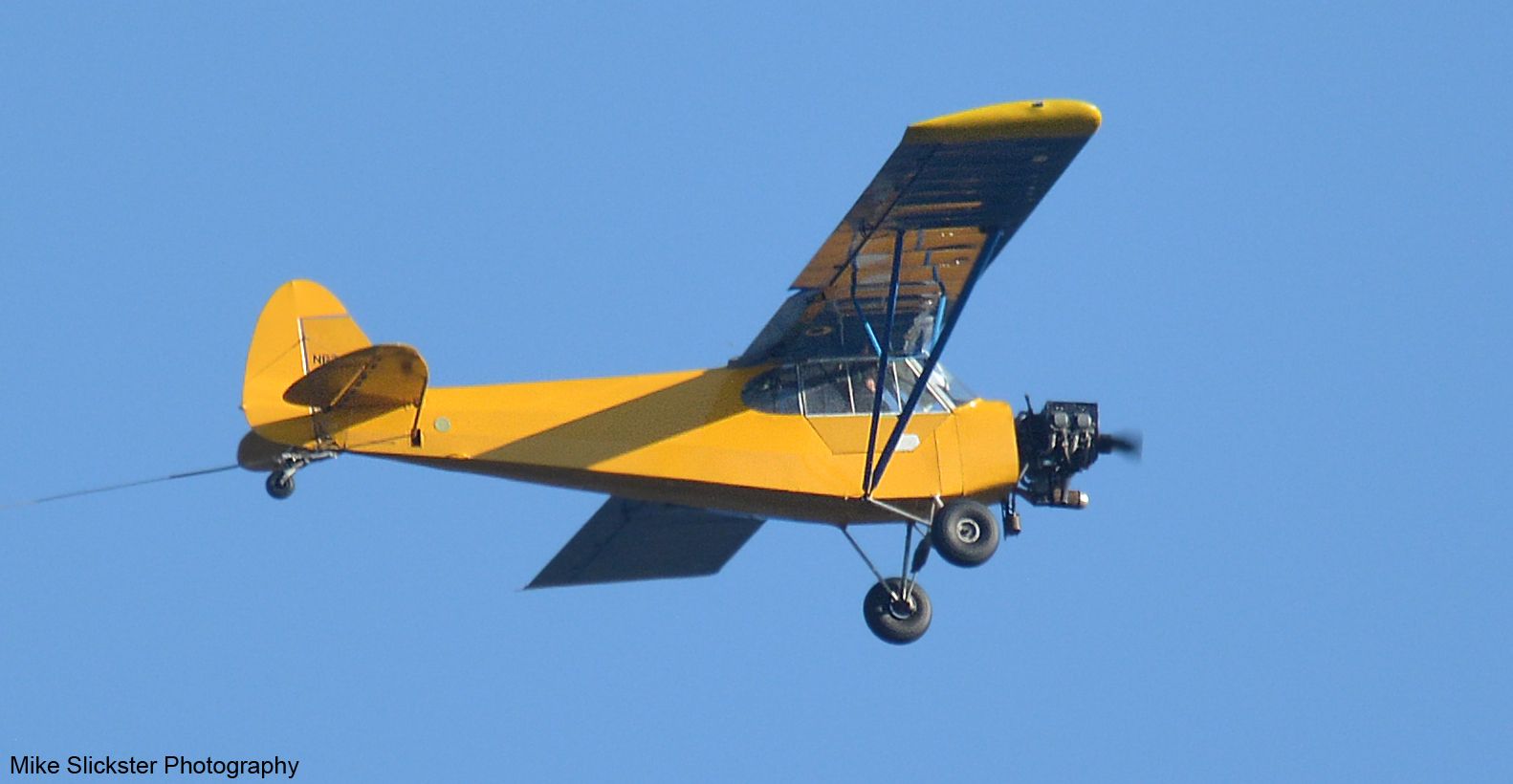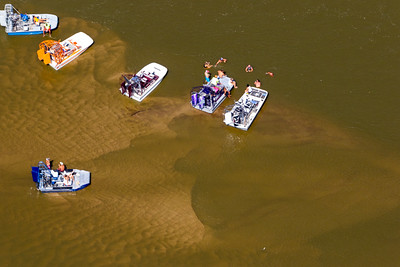kicktireslightfires
Pre-takeoff checklist
- Joined
- Jun 11, 2020
- Messages
- 343
- Display Name
Display name:
kicktireslightfires
I'm trying to isolate a burning smell (see the end of this thread: https://www.pilotsofamerica.com/community/threads/burning-smell-on-takeoff-any-suggestions.132573/) so think it would be a good idea to pull both the upper and lower cowling on my Cessna 162 and then go do a full throttle static run-up for 60 seconds, then shut down and sniff around and try to smell exactly where the smell is coming from.
I'm assuming it is, but just wanted to double check: is it safe doing a full throttle static run-up with the engine cowling removed? And is there a limit on how many seconds you'd want to do it for? E.g. No longer than 60 seconds?
Thanks in advance!
I'm assuming it is, but just wanted to double check: is it safe doing a full throttle static run-up with the engine cowling removed? And is there a limit on how many seconds you'd want to do it for? E.g. No longer than 60 seconds?
Thanks in advance!



 JAK_8324
JAK_8324